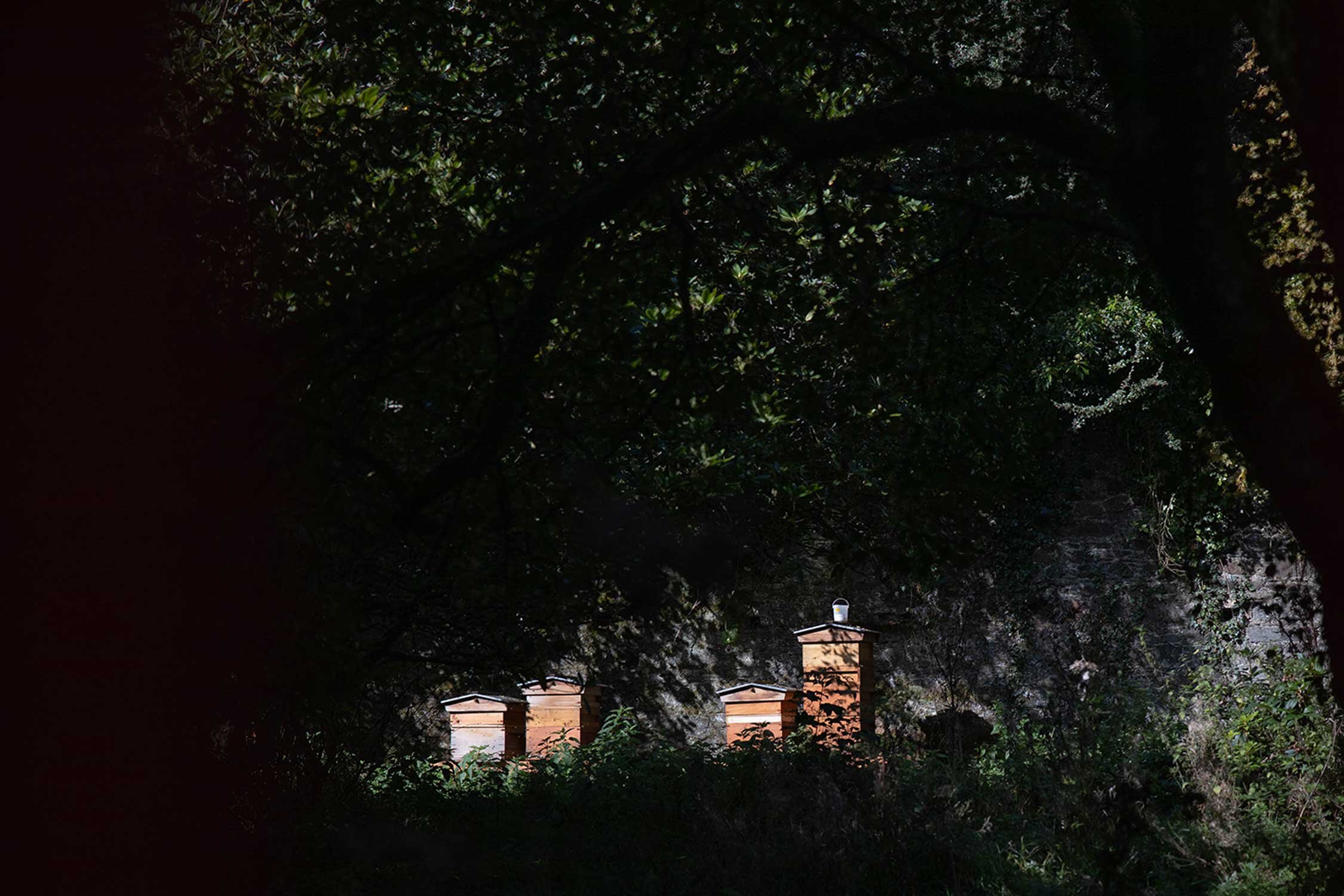
Wexford has a vibrant culinary heritage
For thousands of years, Wexford has welcomed new settlers. From lost tribes to conquering knights, each group has influenced how we farm and what we eat.
Ancient times
Over 4000 years ago, a Tribal Chief called Slaine sailed from Ancient Greece to Ireland. The fertile valley where he and his people settled is still called after him today - the Slaney Valley, It is still as lush and fertile today as it was many years ago.
The first farmers that settled here did so for the healthy soil, extra sunshine and the rivers that “ran silver from the abundance of fish”.
Over the following centuries, the cattle thrived, making our dairy and beef known across the island. Our Wexford honey was said to make the sweetest Mead. The venison was so good that the famed hunter and warrior Fionn MacCumhaill was said to holiday here, hunting the deer in the ancient forests of New Ross.
further Arrivals
The town of Wexford was founded by the Vikings, bringing with them new meats, like sausages and smoked salmon. But the Normans brought even more! The first rabbits to arrive in Ireland came as future lunches. A small, purpose-built warren near Kilmore Quay was quickly breached and rabbits did what rabbits do until they could be found across the entire island.
The new medieval settlers also combined their love of fish with our great dairy, giving us chowder from the Norman word for fish pot, ‘chaudron’.
The Normans also brought new ways of farming crops, great fields of barley, hops, corn and oats sprung up - the first of these seen in Ireland. Cattle husbandry became more advanced, leading to larger cows, more milk and more meat.
Later, when the Landed Gentry built their great houses, they too influenced how we ate; the first pineapples grown in Ireland at Johnstown Castle, the first cookery school in Ireland was established at Castleboro near New Ross.
During the dark days of the famine, the landlords funded fishing harbours like Courtown and Slade. A mysterious benefactor planted fruit trees across the county on public roads, free to anyone who needed them.
The first agricultural school was established here in 1850. The farmers who graduated established Model Farms that were designed to avoid another similar catastrophe, earning us the moniker The Model County.
And when World War II cut off certain food supplies from Europe, we planted strawberries. From those 3 acres planted in 1947, it has grown into an industry that provides over 80,000 tons of bright red berries every summer.
Today
Wexford is still known as the Model County of Ireland producing some of the best potatoes, dairy, lamb and organic chicken in Ireland. We are also known as the Soft Fruit County as Wexford produces more strawberries, raspberries and blackcurrants than any other county in Ireland. People all over Ireland will travel across the island to Wexford during the summer months to buy Wexford strawberries. They can be bought at roadside huts during the summer.
Wexford is also known for our walled gardens and country houses that celebrate the seasons throughout the year.
In recent times, we have seen our barley win European awards. Slightly sweeter due to the extra sunshine, Wexford barley is used almost exclusively for the drinks industry to produce whiskeys and beers. Fish and shellfish sourced at Kilmore Quay can be found on menus all across Ireland and further afield in places like Spain, France and even Japan.
Each year awards like the Blas an hÉireann (Irish Food) and Great Taste are peppered with Wexford food and drink producers.
Many of Wexford’s producers and farmers have been welcoming visitors and tourists to their farms and workshops for years. Now through Taste Wexford, they are formally opening their doors throughout the year through various tours and trails.
We also have some of the best visitor attractions that celebrate the past like Coclough Walled Garden at Tintern Abbey, The Irish National Heritage Park and Johnstown Castle, Estate and Agricultural Museum.
The significance of roadside huts in Wexford’s heritage
Wexford is widely known for its roadside huts across the island of Ireland. Throughout the year, Wexford’s roadside comes alive as farmers and growers park up their colourful huts and trailers to tempt you to pull in and grab a few berries for the road.
And it’s not just strawberries; you’ll also find raspberries, gooseberries, blackcurrants, new potatoes, jams, relishes, and bottles of freshly squeezed juices. The berries on these stands are picked early that morning at sunrise, resulting in the freshest, juiciest choices. In fact, some chefs and grocers from across Ireland travel to Wexford weekly to buy the freshest fruit.
Honesty Boxes - As you travel around Wexford and other counties in Ireland, you will see little stands, boxes and signs at the end of driveways to farms and houses with small holdings selling eggs, fruit and vegetables. Some are run by children as their first business in life, so please do stop and pick up something.
THE irish AGRICULTURal MUSEUM
Butter Paddles and Stamps - Some are still used today by artisan butter makers
Johnstown Castle - just outside Wexford town - is the home of Ireland’s Agricultural Museum.
The Grogan family who ran the Johnstown Estate were firmly rooted in food production. From breeding their own bees and growing a surprising range of ingredients like melons and pineapples in their walled gardens, to establishing the first Model Farms for their tenants.
The legacy left behind by the much-loved Grogans included the farm buildings, which now house a huge range of farming tools and machinery.
Johnstown Castle
With the establishment of the National Museum of Agriculture in Wexford in 1979, the collection has widened to include an exhibit on the evolution of the Irish Kitchen, beekeeping, butter making and much more. In recent years, the Irish Heritage Trust has taken over the Estate and now restoring the walled gardens which include orchards, melon garden and glasshouses. They are also running a programme to protect the native Irish black honey bee that live in the gardens.
The walled garden full of vines, fruit trees and a leaning glasshouse where pineapples and lemons once grew.
Johnstown Castle is open 7 days a week.
9:00 am to 4:30 pm with last entry at 3:30 pm.
Johnstown Castle, Estate & Museum
Co. Wexford
Y35 HP22









